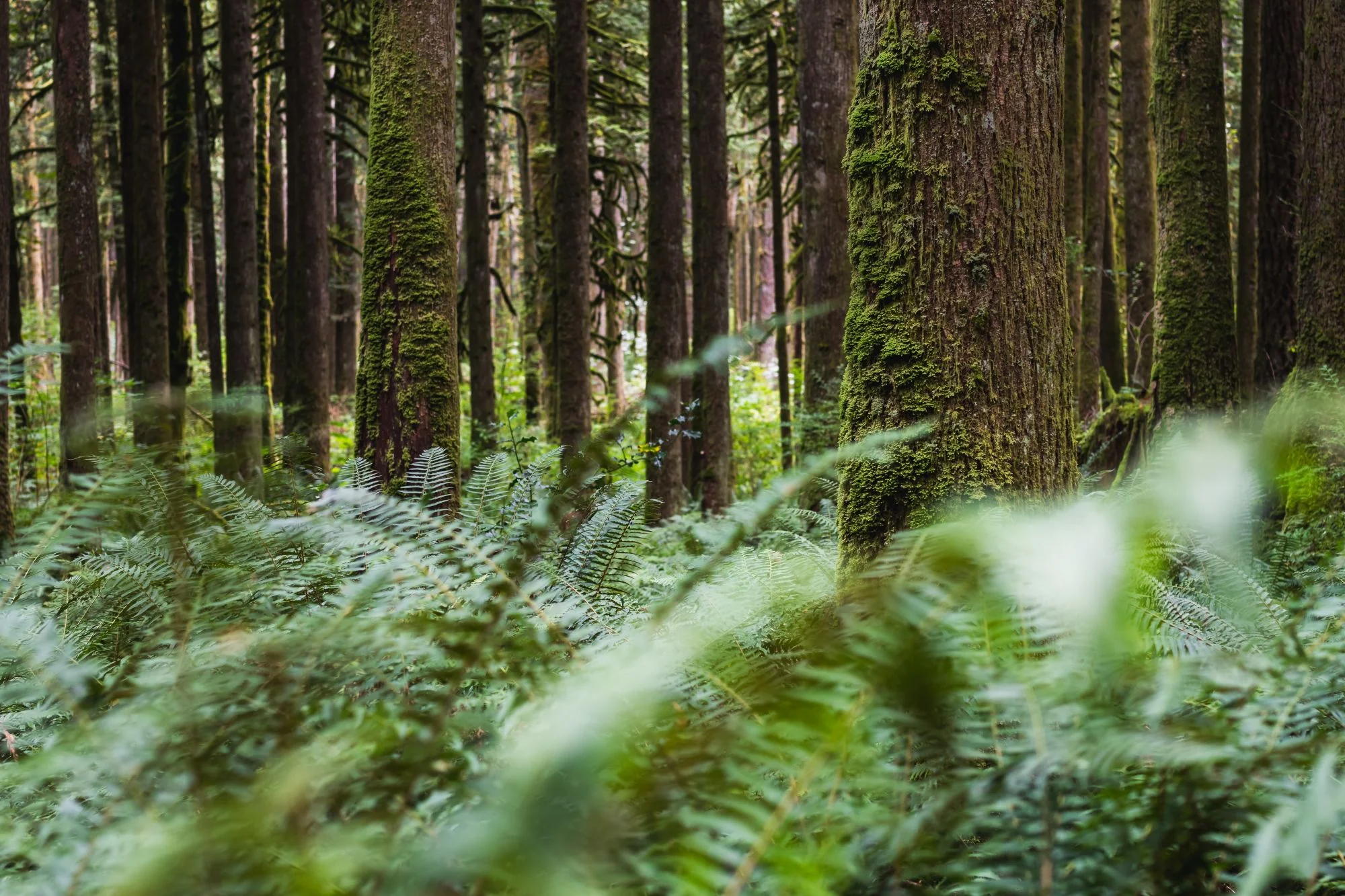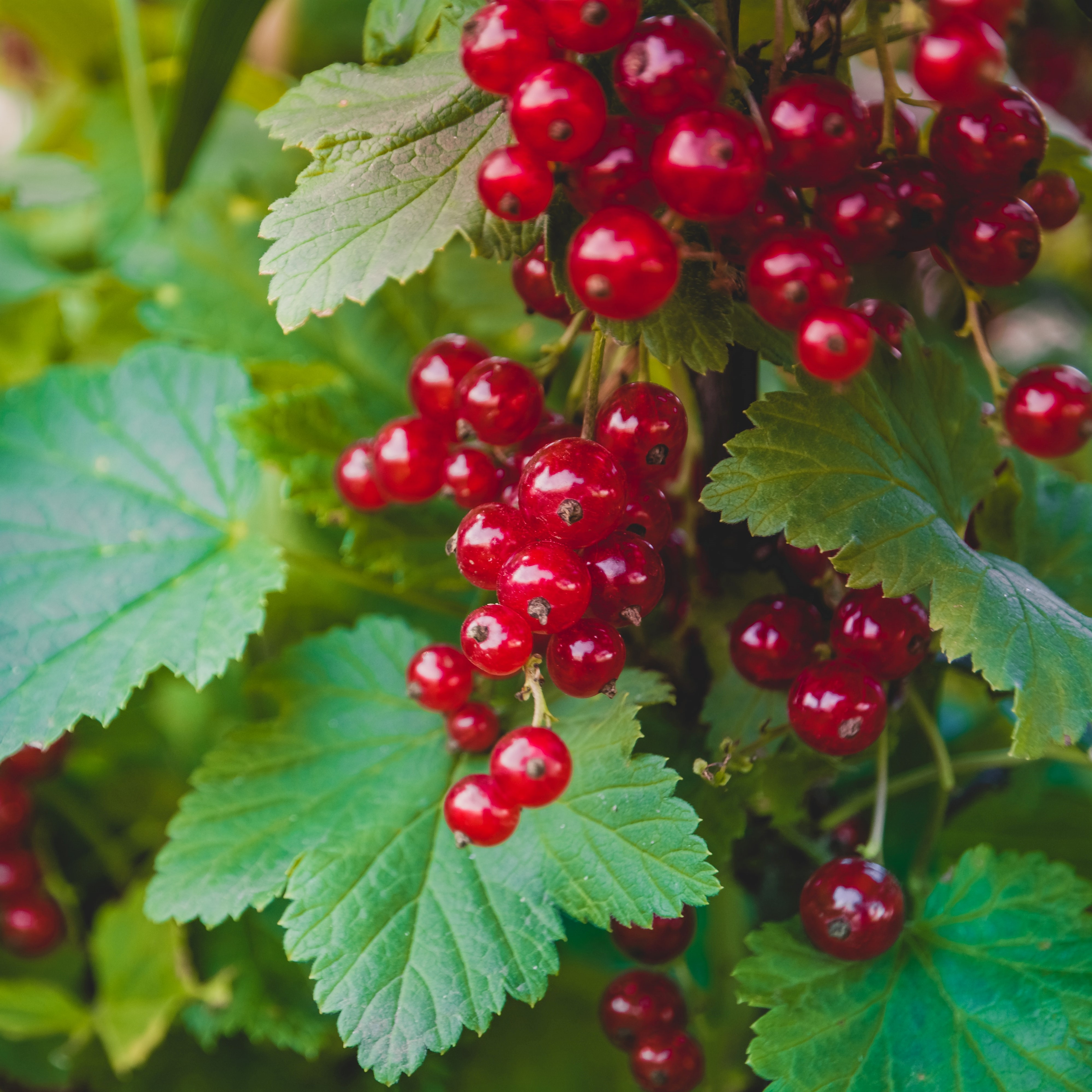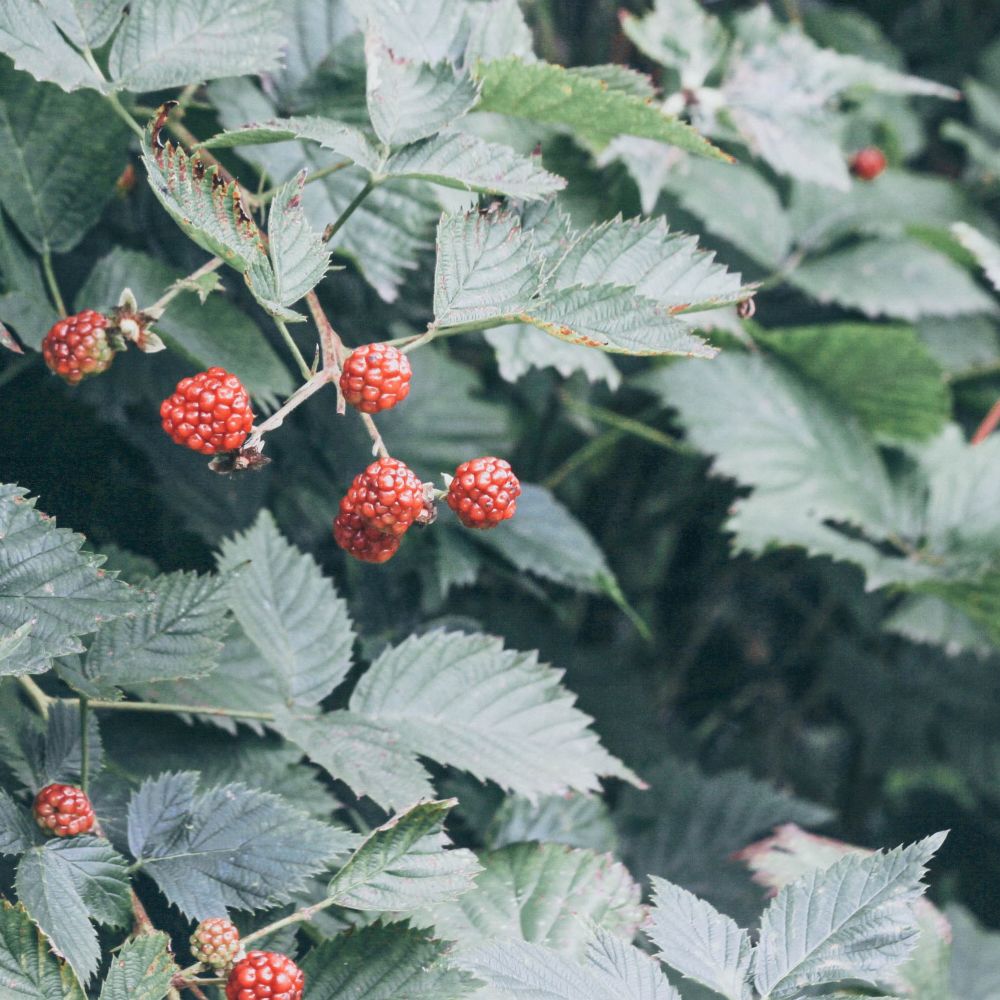Gardening with Native PNW Plants
Designing the best garden for your space is difficult. Using only plants native to the Pacific Northwest is even more challenging. Here are some tips to help you get started!

Why use native plants?
There are a number of reasons to consider using native plants ranging from aesthetic to ecological. Many people are attracted to native plants because they are adapted to the climate and, if properly selected, are very low maintenance. Lawn and garden watering make up 40% of water use. Native plants require less watering and are therefore an excellent choice. Native plants are also better adapted to the environment and pests of the region allowing you to reduce the amount of pesticides and fertilizers you use. Rainwater can wash pesticides and excess fertilizers from lawns and gardens into streams, lakes, and the Puget Sound. Reducing or eliminating the use of these chemicals can dramatically reduce the contamination of our waterways.
Native plants also let you do something good for the environment. Native plants attract native bird and butterfly species. The Puget lowlands have been inhabited for thousands of years, and during that time there has been significant human impact. During the past hundred years, the impact has been increasing, primarily through the conversion of forest and meadow to urban and suburban landscapes. Although plants grow back, sometimes it’s not the same plants. So animals that depend on native plants may be pushed away. Using native plants can help support all the species that inhabit the Puget trough.
While the human dominated ecosystem of the Seattle metropolitan area can never support all the plant and animal species that it did when population densities were much lower, our climate is still conducive to a great number of attractive plants. When houses are built, the initial landscaping may be with an eye to a quick sale rather than towards plants that might be easy to care for and suitable to the climate and soils.
Many native plants uncommon in urban and suburban areas are poor dispersers. Once they were removed from the ecosystem (through logging, farming, or other human activity), it is difficult for them to reestablish themselves in yards and parks. Species that are dispersed by wind or by birds (N.B. birds that frequent human-influenced landscapes) can reestablish themselves. However, plants that are dispersed by animals or plants that reproduce vegetatively cannot easily become reestablished.

Why avoid non-native plants?
While most non-native plants used in gardens do not cause problems in our native ecosystems, some ordinary garden plants have escaped into natural systems and are able to reproduce without aid from humans. This has the potential to be extremely damaging to the ecosystems of the PNW, as these plants can out-compete native plant species, and ultimately affect the birds, insects, fish and mammals that rely on these habitats for food and shelter. Such effects are evident in the spread of Scot’s broom, Japanese knotweed, purple loosestrife, Himalayan blackberry and butterfly bush. These species, and others, have been intentionally introduced by people and have slowly moved out of yards into local prairies, wetlands and forests.

Choosing which plants to use
Think about how much maintenance and work you want to do on your yard and what seasons you want to do it in. Based on this information, select plants based on the amount of light they'll need and how well the soil holds water. Consider including any nearby native plants that are growing well and planting species that grow well together in your yard's conditions.
Not all native plants are created equal. Some species are very adaptable, while others may be more picky about their growing conditions. Species that send new plants up from underground stems will require consistent pruning. Plants that retain flower heads and/or fruit will need to be pruned as well. Be aware of the ultimate shape and size of the species so you can pick the right plant for the space you have.

Tips for planting
Planting Stock
There are many forms in which you can buy native plants, spanning the full spectrum of maturity, size and cost. While installing native plants from seed may be cost effective, it is not a viable option for those looking to enjoy sizable woody trees or shrubs, and may be more appropriate to small herbaceous plants. Conversely, smaller plants tend to establish faster than large plants, grow into well-adapted plants, and are still economical.
Containerized stock are plants grown from cuttings or seeds in plastic or fiber containers. They usually have well-established root systems, and thus, go through less shock when transplanted, assuming they receive proper care. It is important that you look at the root system before purchasing containerized stock to check for circling roots that may strangle the plant as they grow. ‘Root bound’ plants will not be as healthy as those with roots that have grown just to the sides of the container.
Balled and burlapped (B&B) are plants that are grown in a nursery and dug up to be sold. The root ball is wrapped with the soil in a piece of burlap and tied at the trunk with twine for transport. B&B plants are often available throughout the growing season and are generally larger than containerized plants. B&B is the primary type of stock for larger trees, but plants are difficult to transport due to their extreme weight.
Bare root plants are dug up and stored without any soil around their roots. They are usually less expensive than B&B or containerized plants, but are only available during their dormant season. They may also have more root mass, and are generally easier to move and plant than containerized plants because the weight of soil has been removed. Luckily, many Pacific Northwest species are available in a bare root form, either in nurseries or through mail order.
Live stakes are long, straight cuttings that are pushed into the soil shortly after being cut from the ‘mother plant.’ These stakes have the ability to root and grow. In the Pacific Northwest there are several species that can be grown in this manner, including willows, red-osier dogwood, snowberry and black cottonwood. Live stakes have the advantage of being very inexpensive, if not free, but usually do not produce attractive trees or shrubs for several years. Live stakes are commonly used for erosion control.
Planting Times
- Containerized stock: Fall (preferable) or spring. Planting in the fall allows the newly planted stock to receive plenty of water and reduces the stress of water loss in warm temperatures. When planting in fall, double check that the drainage of the area to be planted is adequate: plants can drown too! Spring planting is the second best planting time – however, this requires that you are vigilant about giving the plants plenty of water for establishment. The only true restriction for planting is to avoid freezing temperatures.
- Balled and burlapped: Fall (preferable) or early spring. B&B plants are also susceptible to damage from drought and heat, and because they are generally larger and will lose more moisture from their leaves, they must receive a great deal of water during the period of establishment.
- Bare root: Early spring. Try to plant bare root plants as soon as possible after purchase. If this is not possible, be sure to keep the roots from drying out, protect the plants from frost and keep them in a cool place.
- Live stakes: Fall to early winter (November-February).
Planting Methods
- Plant early in the morning or in the early evening to avoid added heat stress to the plant.
- Keep roots moist at all times during planting.
- Dig a planting hole twice as wide as the area covered by the roots, and only as deep as the roots. Roughen the edges of the planting hole to increase root penetration into the surrounding soil. Saturate the soil of the planting hole.
- When planting containerized plants, carefully remove the soil and plant from the pot, so as to avoid damaging any roots. Loosen the roots gently with your hand, straightening any roots that may be curving around the outside of the root ball. If the plant is ‘root bound’ or the majority of roots are circling within the container, use a knife to make cuts vertically from the top of the root ball to the bottom. Make 4-5 cuts for each root ball, and loosen the soil with your hands. Place the plant in the hole, spreading the roots outward.
- When planting balled and burlapped plants, gently remove the burlap from the root ball, supporting the weight of the soil ball. Set the root ball in the hole, and spread all loose roots away from the trunk.
- When planting bare root plants, create a cone-shaped mound in the center of the planting hole, using soil removed for the creation of the hole. Set the plant atop the cone, spreading the roots evenly down the sides.
- Fill the hole with the field soil originally removed from the hole. While adding very high quality soil may initially aid in the establishment of the plant, creating an environment that is optimal within the hole will not encourage roots to explore the surrounding native soil. If you wish to add supplementary material, do so sparingly, mixing compost or slow-release fertilizer with the native soil.
- As you fill the hole, be sure to continuously tamp (lightly) the soil to prevent air pockets around the roots.
- Bury the plant only to the original soil level of the plant in its container. Adding soil above this level may cause the stem or trunk to develop decay.
- Make sure the plant is well-watered, in its entire rooting area, after planting.
- Add mulch to the top of the soil, to help the soil remain moist and limit the emergence of weeds. Keep mulch from directly contacting the stem of the plant, as this may also encourage rot.
- Stake the new plant ONLY if absolutely necessary. If you must stake the plant to prevent it from falling over, be sure that the trunk or stem is still able to move several inches is all directions as this will encourage a stronger structure.